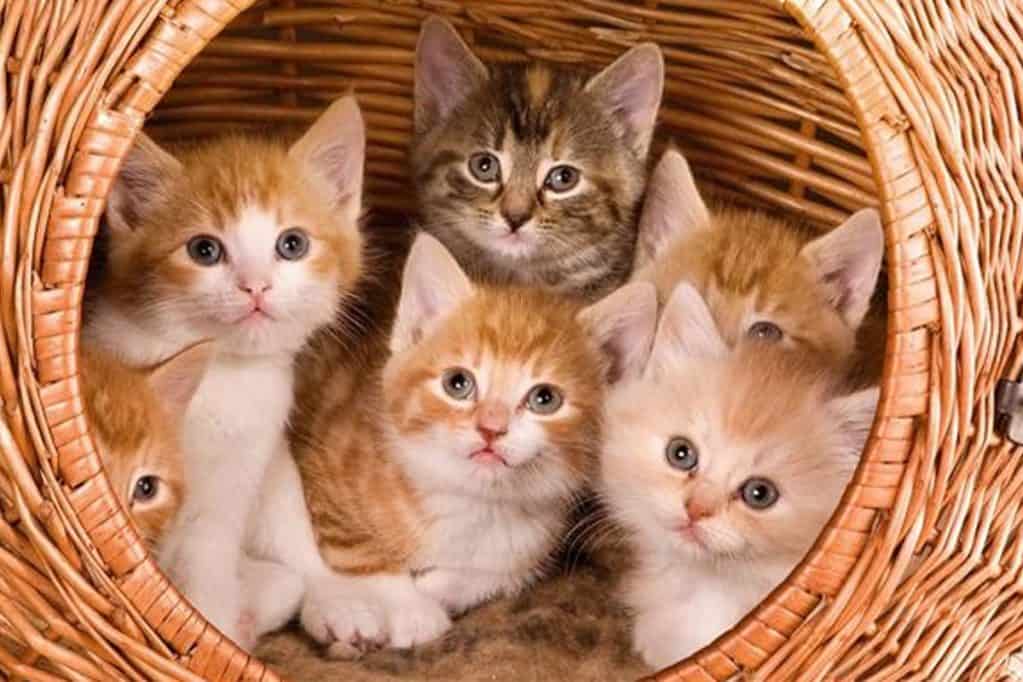The Importance of Clean Cat Litter for Your Cat’s Quality of Life
The frequency of cat litter replacement impacts not only hygiene but also your cat’s health and mood. How often should you fully replace the litter? The answer is flexible and depends on various factors like the cat’s age, health condition, season, and more. Below, we outline the basic principles of cat litter replacement to help you provide the best living environment for your cat.
When to Completely Replace Cat Litter?
Generally, when the litter in the box has been reduced to about one-third of the original amount after 1-2 weeks, it’s time for a full change. However, the replacement schedule isn’t fixed and can be adjusted based on the following conditions:
1. Cat’s Age
Kittens urinate more frequently, so litter is used up faster and should be replaced more often. For adult cats with regular waste patterns, you can extend the replacement cycle.
2. Cat’s Health Condition
If your cat has diarrhea or other issues that increase waste, litter will be used up more quickly, so shorten the replacement period to ensure hygiene.
3. Seasonal Factors
In warmer months with higher humidity, bacteria growth is faster, so consider replacing litter every 7-10 days. In the drier winter months, you may extend the interval to around two weeks.
4. Type of Litter
Different types of litter have varying absorption and durability. Highly absorbent tofu or crystal litter may need more frequent replacement, while more durable clay and mixed litters can go longer between changes.
5. Litter Quality
Lower-quality litter often results in more dust, clumping issues, and the need for more frequent changes. If you find excessive dust or clumping difficulties, consider replacing the litter sooner.
6. Size of the Litter Box
Smaller litter boxes require more frequent replacement, while larger ones with more litter may allow for longer intervals.
Risks of Not Replacing Cat Litter Regularly
1. Hygiene Concerns
Not replacing cat litter on a regular basis can lead to bacterial growth, bad odors, and poor indoor air quality, potentially causing inappropriate elimination behavior in cats.
2. Health Risks for Your Cat
Old litter can become a breeding ground for bacteria, fungi, and parasites, affecting your cat’s respiratory and urinary health.
3. Emotional Impact on Your Cat
Cats are naturally clean animals, and a clean litter box gives them a sense of comfort and safety. Failing to replace the litter may cause discomfort, affecting your cat’s mood and behavior.
To ensure both your cat’s health and a clean household environment, it’s recommended to replace cat litter regularly and clean the litter box thoroughly. After each change, wash the litter box, dry it, and add fresh litter so your cat can enjoy a clean and comfortable space.


